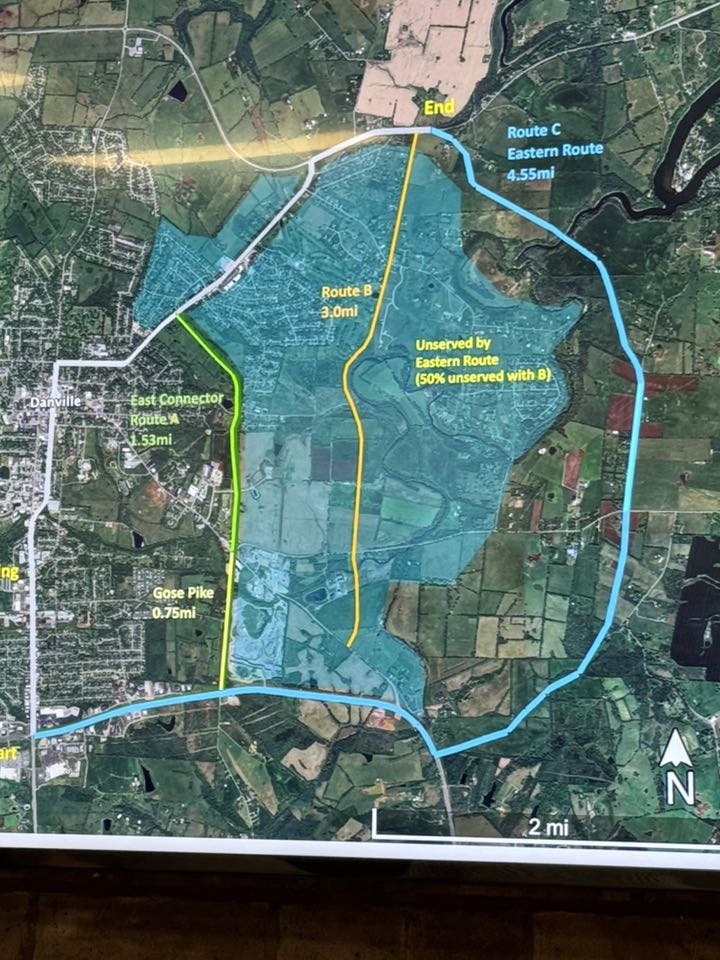Letter: Wayfinding signage plan ‘nearly obsolete’
Published 6:21 pm Monday, December 16, 2019
From Wilma Brown, Danville —
During the six years that Danville has wrangled over a wayfinding signage plan, the entire concept of the need for such signage has become irrelevant, mainly because of universal access to digital wayfinding. Visitors to communities check ahead through Yelp, TripAdvisor and all types of social media for places of interest before they arrive. We now find our destinations through GPS or Google, not through directional signage.
The Millennials and Gen-Z’s among us would be understandably puzzled and critical as to why we are planning to clutter our streets with unnecessary signage, especially at the tune of several hundred thousand dollars of taxpayers’ money.
Trending
Because of diminishing need for public directional signs, companies no longer market wayfinding systems to cities. Their focus is on interior wayfinding aimed at moving pedestrians through hospitals and other large buildings. Their exterior wayfinding signs are for campus-style locations such as colleges or industrial parks.
There may still be an argument for signage on our bypass that lists some of our offerings and attractions so that people driving past Danville will have a sense of who we are and what we are proud of. The use of some public funds might be justified for this. At this point, however, the main function of these signs would be for promotion, not wayfinding.
At a recent Danville City Commission meeting, Lori Kagan-Moore, owner of The Great American Dollhouse Museum, interrupted City Engineer John Cassel during his report on the the city wayfinding signage project in order to give her lengthy plea for additional signage on the bypass for her own business. The current wayfinding plan was developed over several years of public meetings led by a paid consultant. During all of those meetings, Mrs. Kagan-Moore lobbied for inclusion of her business in the overall signage plan, as did others for their own businesses. Interested members of the community also participated. All input was considered during the final compilation of the plan.
The cost for an additional post and sign requested by Mrs. Kagan-Moore to list her business individually was estimated at $5,000. In spite of caution by the city attorney, the city commission voted unanimously to include this addition to the project. This comes at a time when the Commission is cutting funding to most non-profit and service agencies because of lack of available tax money.
Should Lori Kagan-Moore be recognized for her vision, entrepreneurship, and hard work? Certainly. Should taxpayers be asked to promote her for-profit business? No. This opens the door for any other privately owned or non-profit business to ask the city for inclusion or additional inclusion on the wayfinding master plan, a plan which has been rendered nearly obsolete by galloping technology while we’ve spent years trying to appease involved parties.






